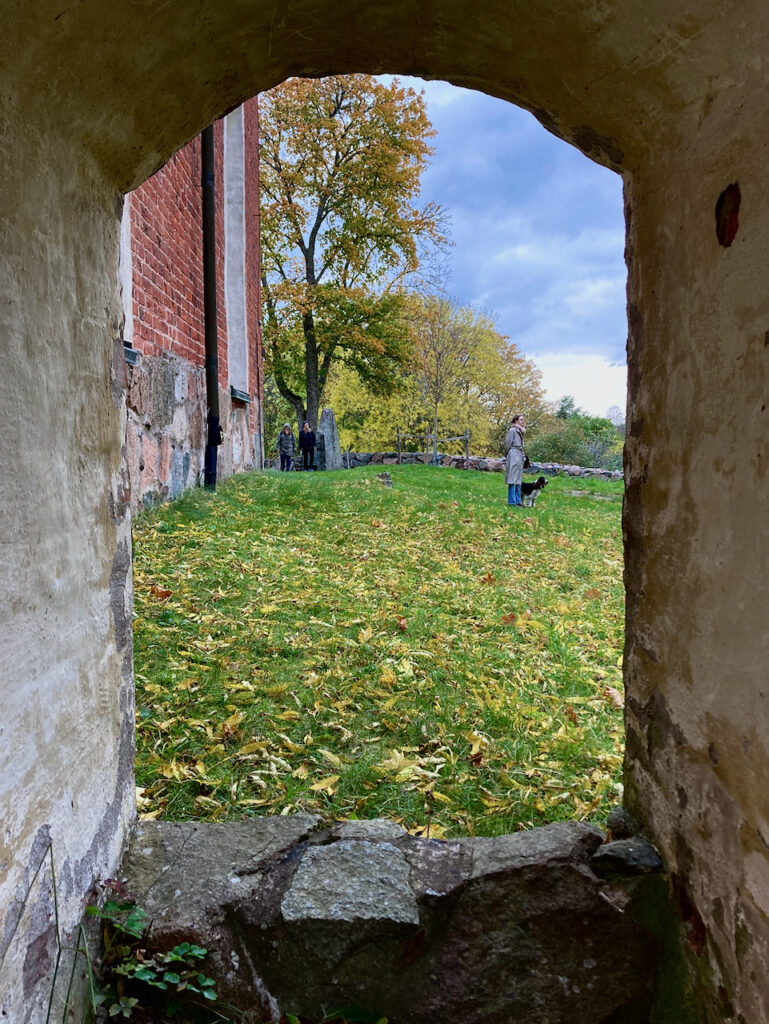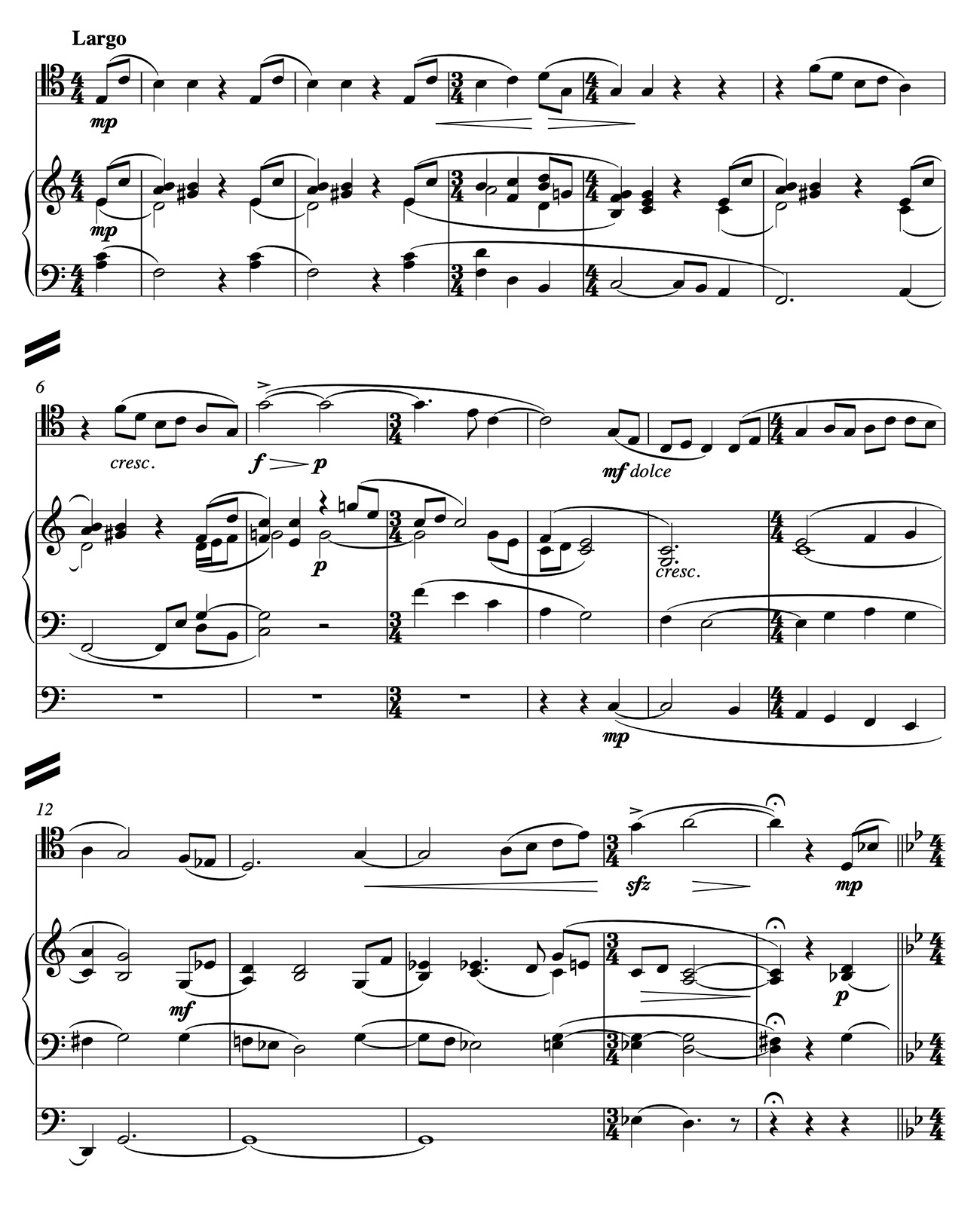This autumn is proving to be an exciting and eventful time in my life. Yesterday, I conducted the Härnösand Cathedral Choir for the first time during a Sunday service. Next week, a new work for solo voice and electronics to which I have written the text will be premiered. And three weeks from today I will release a brand new digital single!
Plenty of things going on, to be sure. At the same time, the last pieces of the three-dimensional puzzle that is my new studio office are slowly falling into place. The wall-to-wall carpet tiles arrived last week and the window sill extensions are about to be puttied and painted, leaving only the frames.
I have been substituting as choirmaster for the cathedral choir since the start of September and will continue to do so regularly for at least another month. This means leading the choir during at least one more Sunday service. Hopefully now that I have done so once I won’t be as nervous the next time. I have attended plenty of services as a chorister as well as a participant but never before had to take charge of things like this. I think it ultimately went rather well, though, as people seemed quite happy both before the service and after!
The digital single coming out in early November is not of a recent piece, but one that I composed five years ago for two good friends of mine: an organist and a cellist. The title of the work, “Lacrimosa”, refers to one of the many titles given to The Virgin Mary, and is specifically a part of the Dies irae sequence in the Roman Catholic Mass for the dead, the Requiem.
I remember that I started out with the melodic idea as the basis for what I wanted to turn into a composition for choir. Hence, the primary melody closely follows the structure of the Lacrimosa text:
Lacrimosa dies illa
Qua resurget ex favilla
Judicandus homo reus.
Huic ergo parce, Deus:
Pie Jesu Domine,
Dona eis requiem.
Amen.

The text translates into: “Full of tears will be the day when from the ashes shall rise the guilty man to be judged. Therefore spare him, O God: Merciful Lord Jesus, grant them eternal rest. Amen.” Take a look at this excerpt showing how the primary melody, shown here as it is played on the violoncello at the beginning of the work, matches up with the Lacrimosa text.

The secondary melody quotes what is in my personal opinion one of the most beautiful plainchant melodies in use today in the Church of Sweden, the Agnus Dei: “Lamb of God, who takes away the sins of the world, have mercy on us.” Here is a transcription of the melody based on its appearance in Swedish church service agendas:

The entire piece is a little over six minutes long and develops quite dramatically from its muted, solemn beginnings. Ahead of the digital single release in early November, I am very happy to treat you to a short sample right now. This is the first minute of the piece where you can hear both melodies presented clearly. Harmonically, I was also in part inspired by the music of great French organ composers like Louis Vierne and Maurice Duruflé. These are also some of the favourite composers of the organist who premiered my piece and who recorded it.
So, without further ado: Please enjoy this short excerpt from my composition “Lacrimosa” for violoncello and organ, premiered in 2016 and one year later recorded by cellist Ronja Schneider and organist Per Brudsten. Two brilliant musicians who I am also happy and proud to call dear friends.
Also, for those of you interested in that, I’ve included an image of the score page for this first part of the composition below.

